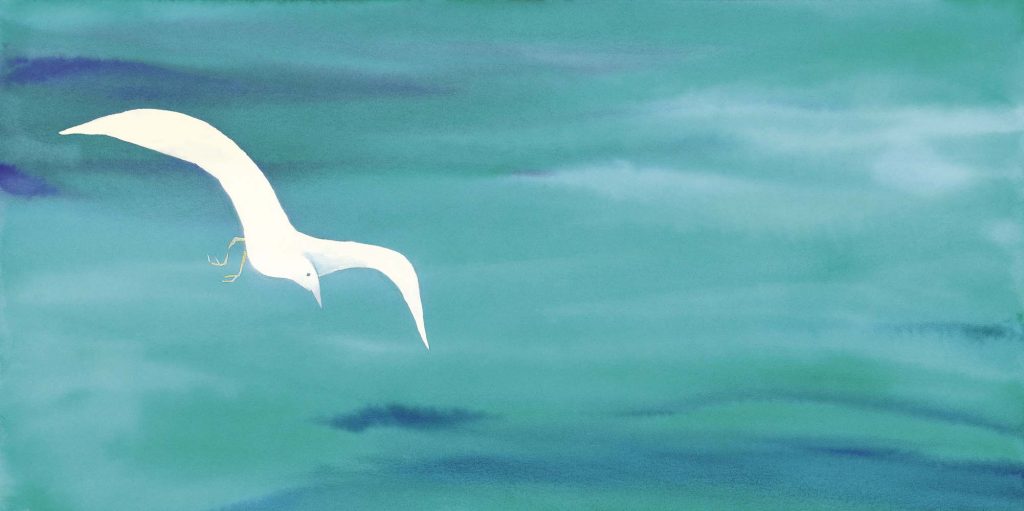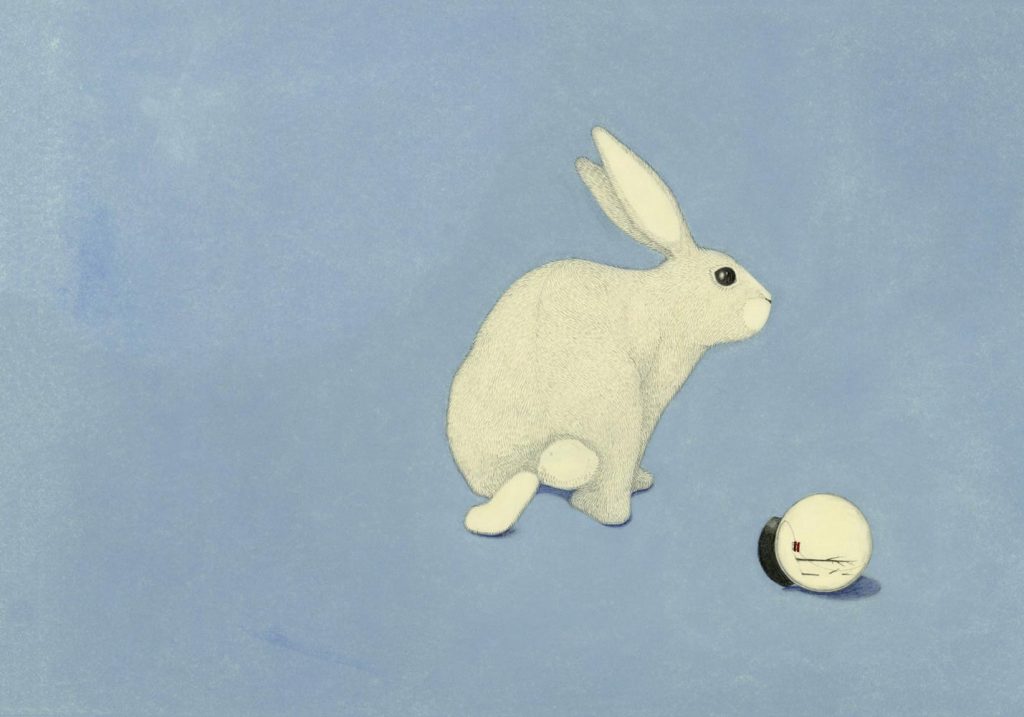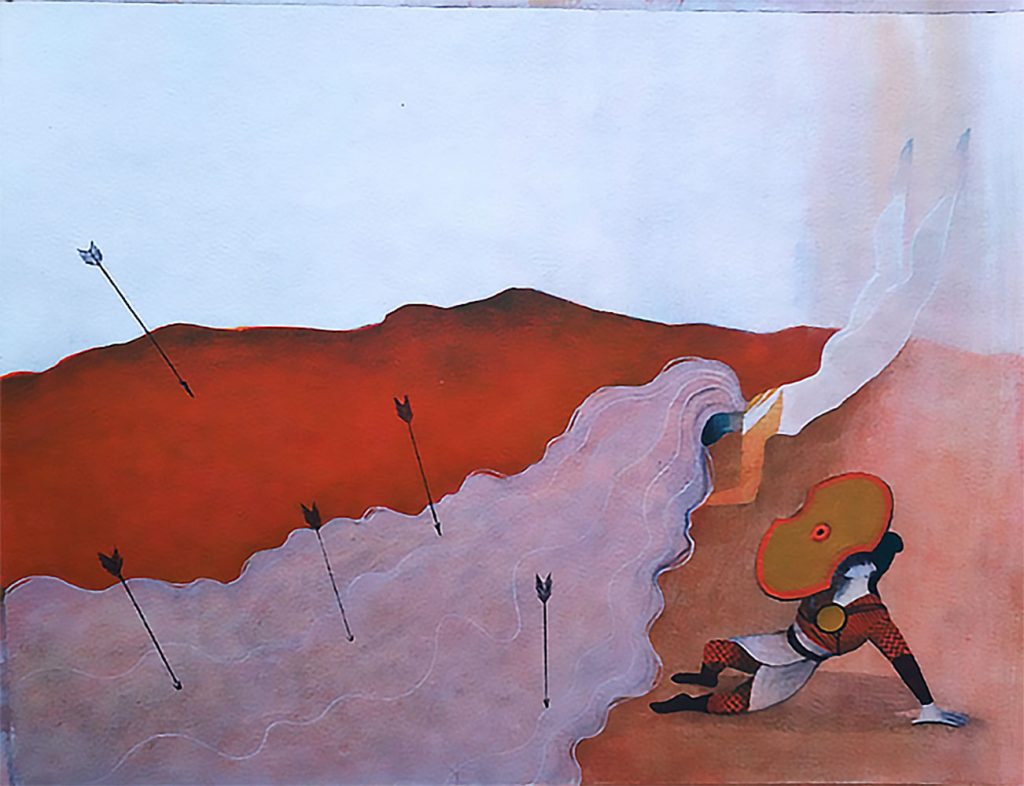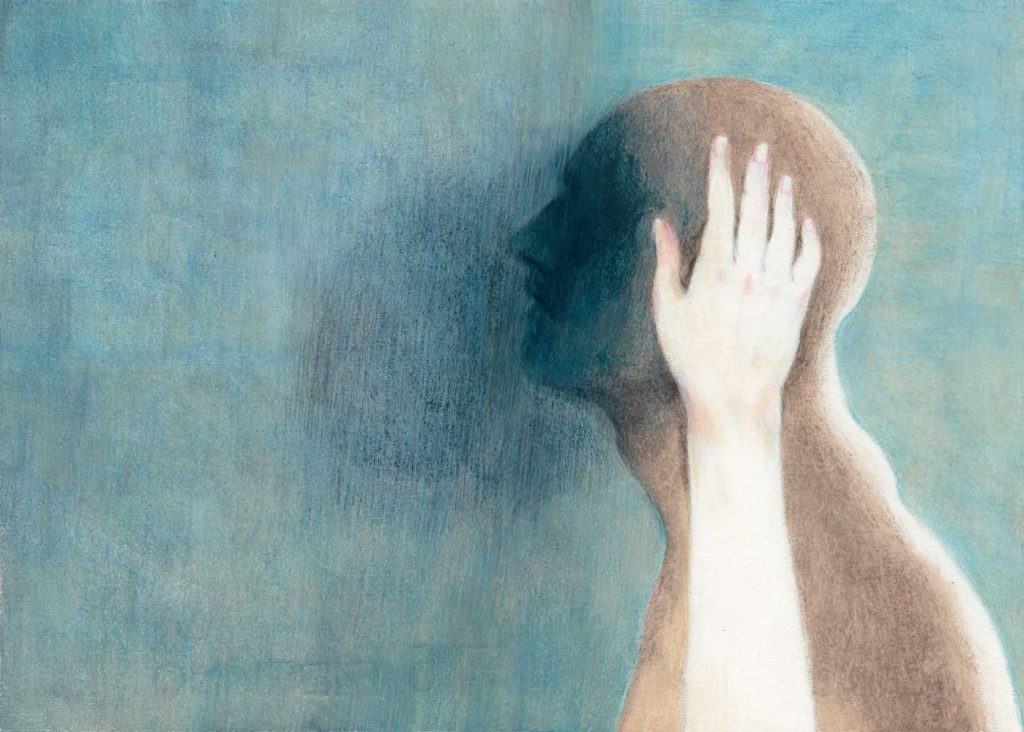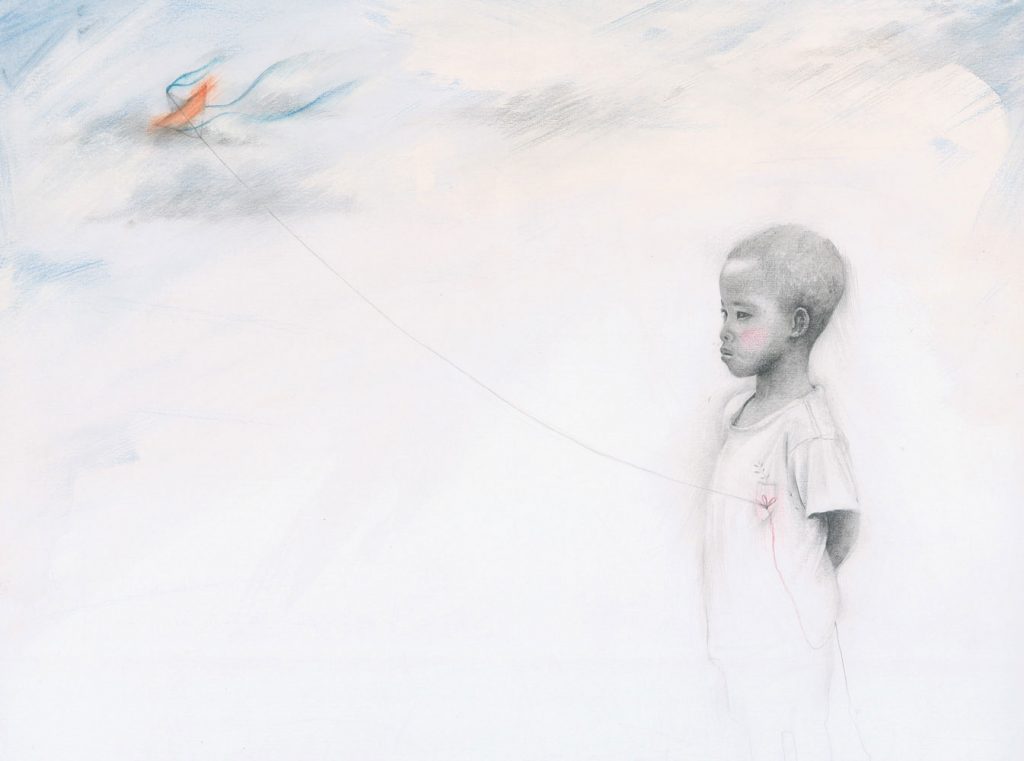Oh, what depths there must have been in the deafening silence at the beginning of the universe, such that we began to investigate, envisioning what we could not see, enunciating what we could not hear. Perhaps out of such insistence, overnight, we began to dream and the next day to remember. And then, without distinguishing what was imagined from what was happening, everything was inescapably transformed.
The creative process in illustration can arise from many different realities, pictorial reflection being one of the most important of these, and although there are others influencing it, such as graphics, matter, literature, other presences of the poetic state such as dreaming and remembering are crucial. For the dreamers, along with those who bring back memories, transmutation and abstraction are correlations or disconnections that operate as a creative syntax; they are a poetic approach to a new philosophy of the book and open up a different way of understanding creation, whose unusual aspects are propellants to reflections in the creation of images and also in their interpretation. Hence, the picture book becomes a poetic construct to obtain transformative connections from.
Jorge Luis Borges points out two types of aesthetics: the first is passive, like a mirror that does nothing more than reflect the image before it; the other is active, like a crystal that shows us unsuspected facets of the universe.
Leonora Carrington, a surrealist artist, had a room full of ‘weird’ works that frightened people and especially children. She would write stories about her works, sometimes beginning with a hilarious phrase or memory, or simply something nonsensical, thus helping, through the interwoven tale, to discover a new meaning. True, the poetic image leads us to recognise and know ourselves in a more kaleidoscopic form. Therefore, the dream and the memory do not take the form of a deviation from reality, they are instead two parallel and autonomous orders of reality that trigger variations, they too are reality by creating entirely new and different lines.
Thus, the dreamer, as well as the one who remembers, reveal unknown and hidden facets of reality. They are indispensable beings. The dreamer, like the nostalgic, is some sort of being of the future. According to Dostoevsky, “And in vain does the dreamer rummage about in his old dreams, raking them over as though they were a heap of cinders, looking into these cinders for some spark, however tiny, to fan it into a flame so as to warm his chilled blood by it…”.
“For the most part he settles in some inaccessible corner, as though hiding from the light of day…”.
The anniversary exhibition thus pays homage to that moment forty years ago and to the dream of each individual artist. It is a very brief journey, not a philological cataloguing, but a remembrance of the poetic, thanks to some of its substances such as dreams, memories and poetry.
Gabriel Pacheco
Illustration by Cecilia Ferri, Il braccio, Private collection, 2014





